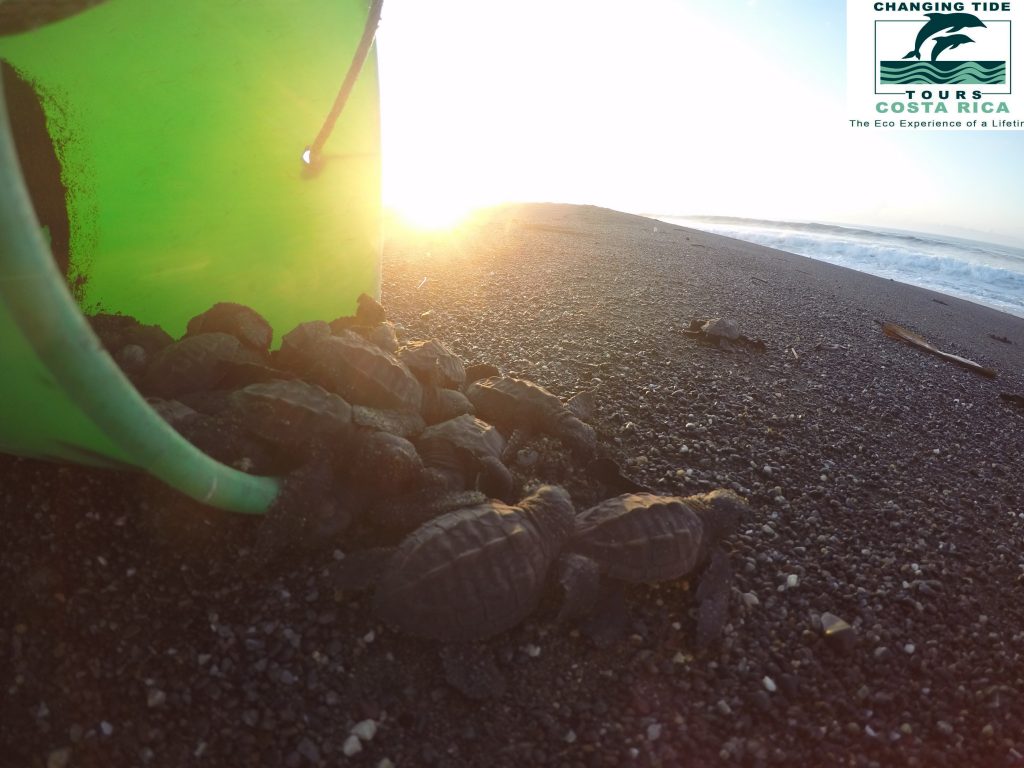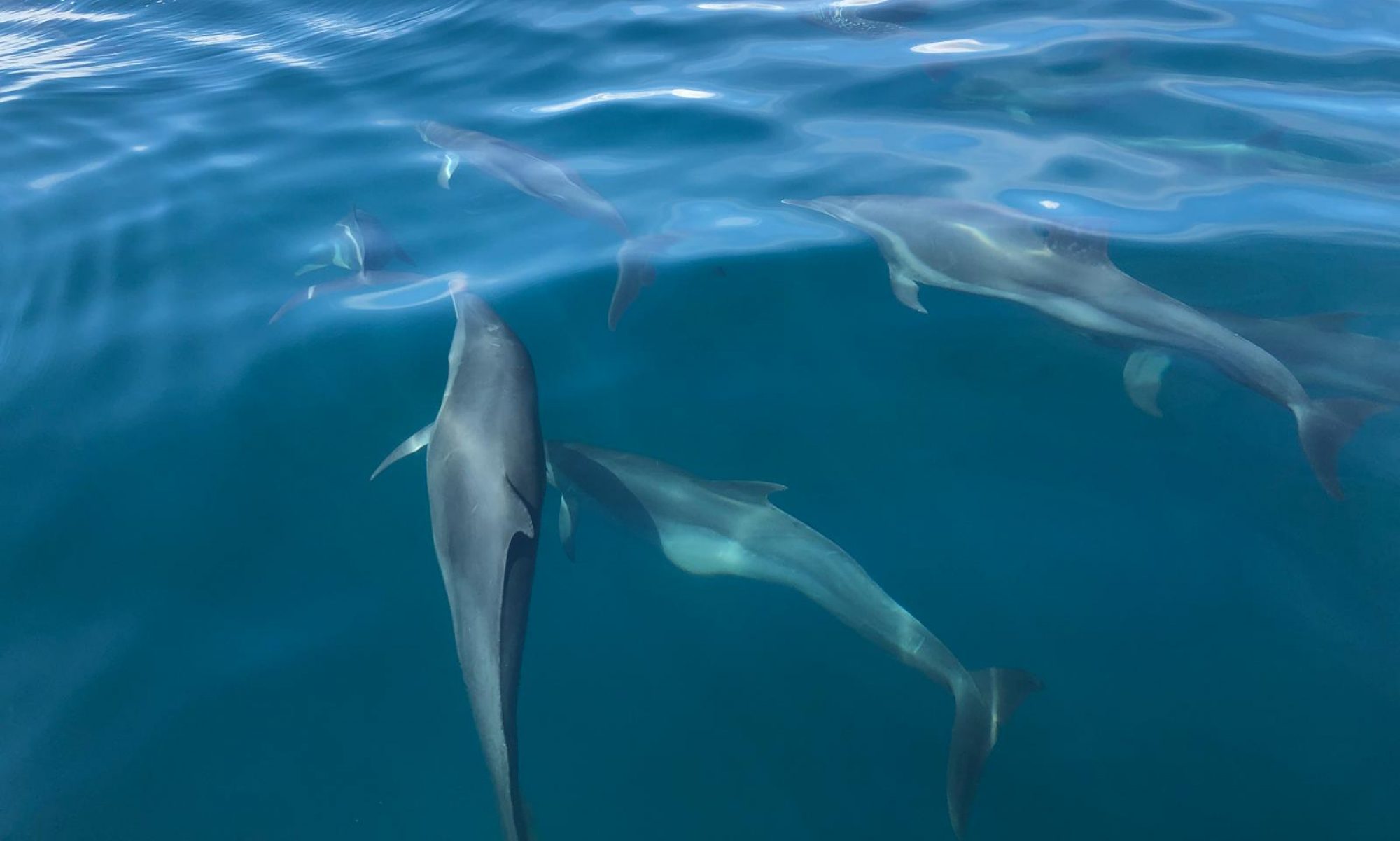Sea Turtles: Tireless travellers
Sea turtles travel thousands of kilometres, even between continents, to carry out their mission to preserve their species. Some of their main nesting beaches are located right here in Costa Rica. They have inhabited the earth for more than 100 million years, managing to survive extreme climatic changes, including the Ice Ages. Today, sea turtles are in danger of disappearing from the planet mainly because of man-made causes.
Costa Rica has some of the most important feeding and nesting beaches in the world where it is still possible to witness their age-old survival ritual. On the Pacific as well as the Atlantic coast, hundreds of female sea turtles representing five different species arrive on our beaches to carry out their tireless mission to preserve their species. For example, Ostional Beach in Guanacaste is considered the main nesting site for the olive ridley turtle, which are known for their large mass arrivals. Also nesting on our coasts is the giant leatherback turtle, not only the largest sea turtle in the world, measuring up to 1.8m and weighing up to 400kg, but the farthest traveling reptile ever recorded. Their journey takes them form their feeding sites back to the beach they hatched at in order to lay their eggs. For example a female found nesting in June 2005 on Samsambo Beach in Surinam, travelled around the Pacific Ocean visiting the coasts of Africa and Europa for a trip of over 9,000 miles, before beginning her return to Surinam. In Costa Rica, five of the world’s seven sea turtle species can be observed: olive ridley, leatherback, green, hawksbill and loggerhead. And, because witnessing the egg laying is an event you won’t want to miss, below is information on where you can see this phenomenon on the Osa Peninsula:
osaturtles@gmail.com
 Four species of sea turtles nest on the Osa Peninsula: olive ridleys, green turtles, hawksbill turtles, and leatherbacks. Olive ridleys are the most common turtle found on nesting beaches on the Osa, accounting for the heavy majority of nests. A small population of hawksbills and pacific green (sometimes called black) sea turtles live in the Golfo Dulce, between the Osa and the mainland, feeding from the seagrass beds.
Four species of sea turtles nest on the Osa Peninsula: olive ridleys, green turtles, hawksbill turtles, and leatherbacks. Olive ridleys are the most common turtle found on nesting beaches on the Osa, accounting for the heavy majority of nests. A small population of hawksbills and pacific green (sometimes called black) sea turtles live in the Golfo Dulce, between the Osa and the mainland, feeding from the seagrass beds.
